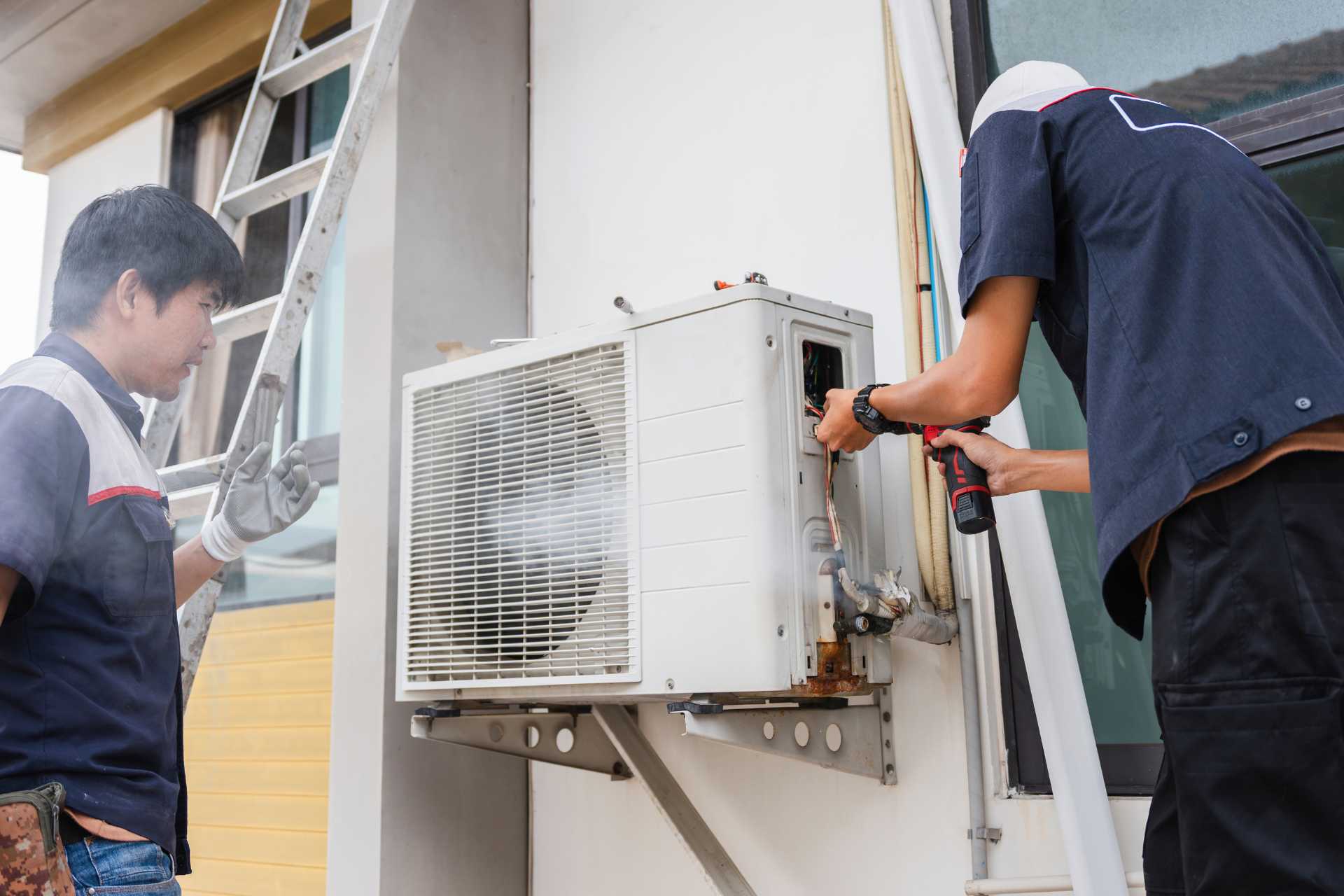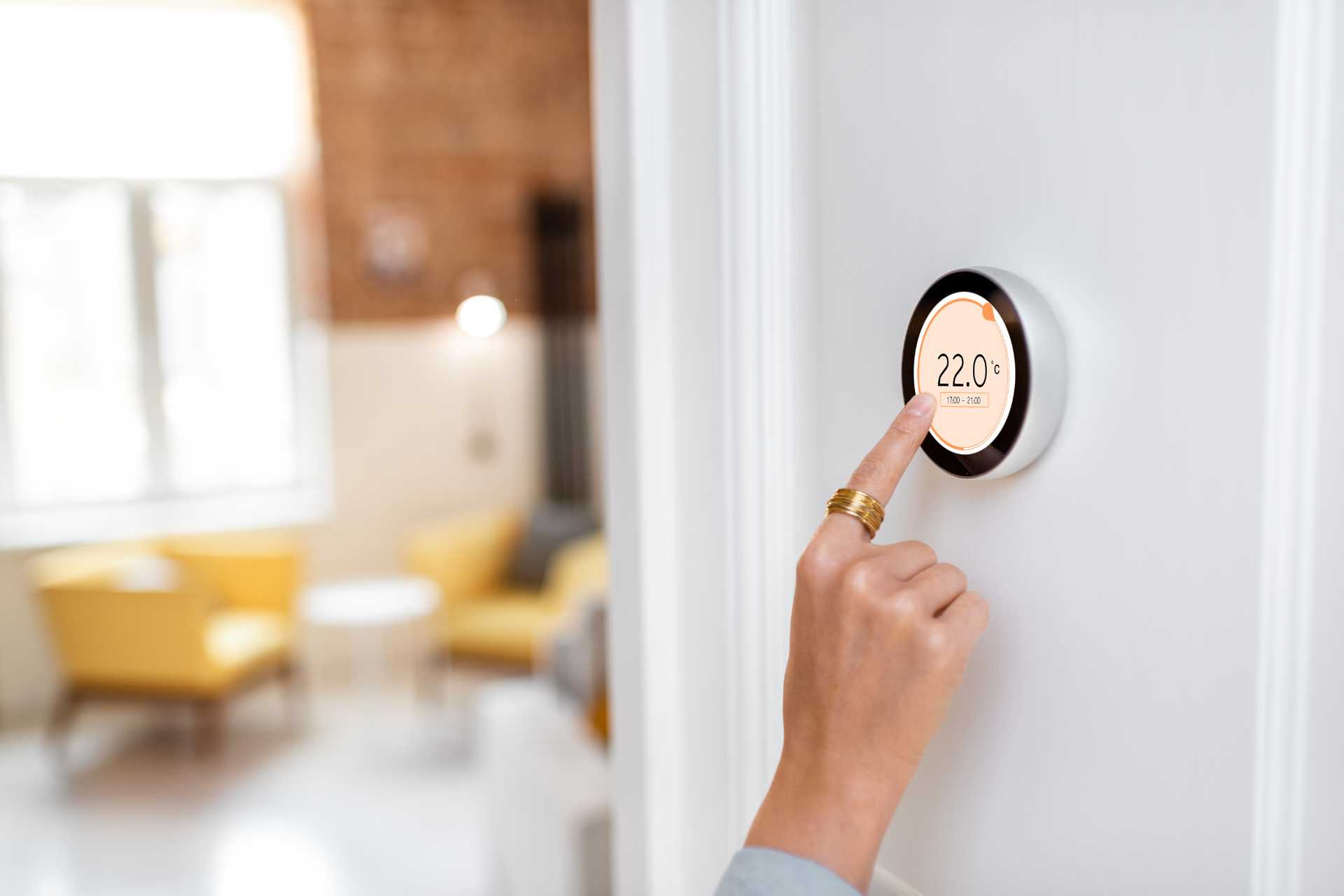Why One Room Is Always Colder: The Hidden Problem Could Be Your Insulation

The Mystery of the “Cold Room”
Many homes have one room that is always stubbornly colder than the rest, no matter how high the thermostat is set. While it is easy to blame the windows or call an HVAC company for furnace repair, assuming a faulty system, the real culprit is often hiding right inside your walls and ceilings. This frustrating issue is rarely a mystery without a solution. In most cases, the problem can be traced back to a break in the home’s thermal envelope, with the hidden issue being inadequate or missing insulation. Before you invest in a bigger furnace, it is often wiser to consult a professional insulation company first. This guide will uncover the hidden reasons behind that cold room, focusing on how specific insulation problems are almost always the root cause.
Understanding the “Thermal Envelope”: Your Home’s Invisible Shield
To understand why one room gets cold, it is helpful to think of your home as being wrapped in a “thermal envelope.” This is the complete, unbroken layer of insulation and air sealing that separates the heated, comfortable interior of your home from the unconditioned, cold exterior. A well-constructed thermal envelope works just like a high-quality winter jacket. It keeps your body heat in and the cold wind out, ensuring you stay warm and comfortable. For this jacket to work, it must be continuous, with no gaps, thin spots, or holes.
A single “cold room” is a clear symptom that your home’s thermal jacket has a significant breach in that specific area. Heat, like water, always follows the path of least resistance. It will escape your home through any weak point in the thermal envelope. This forces your heating system to fight a losing battle against the constant influx of cold from the outside. The result is a room that never seems to get warm, no matter how hard your furnace works. Identifying and sealing this breach is the key to solving the problem permanently.
The Usual Suspects: Common Insulation Failures
A cold room is often exposed to unconditioned space. This space can be from above or below. One of the most common scenarios is a “bonus room” over an unheated garage or crawlspace. The floor may not have been properly insulated during construction. In this case, heat is constantly pulled from the room into the cold space below. This results in a perpetually chilly floor. Similarly, gaps in the attic insulation directly above the cold room are a major cause of heat loss. This can happen if insulation was moved by tradespeople. It can also be due to “wind washing.” This is where air from soffit vents blows insulation away from the eaves. The tops of the walls are left exposed, creating a significant breach in the thermal envelope.
Other frequent culprits are found in the walls and structural features. Missing or settled insulation within exterior walls is a common problem. Older types of insulation can compact over decades. This leaves a large, uninsulated gap at the top of the wall cavity. This gap acts as a superhighway for heat to escape. Remember that your insulation affects how efficient your HVAC system will be. A gap in the wall forces it to run harder. Additionally, architectural features are often improperly insulated from below. These include bay windows or small second-story overhangs, known as cantilevers. These uninsulated areas create a large “thermal bridge” to the outdoors. This makes the floor feel frigid and contributes to the overall cold feeling of the space.
Your Home Detective Checklist: How to Diagnose the Problem
You can often diagnose the source of a cold room with a few simple checks. On a cold day, start with the “touch test.” Place your hand on the exterior walls of the cold room. Do they feel noticeably colder to the touch than the interior walls? A significant temperature difference is a strong sign that there is missing or inadequate insulation inside that wall cavity. This is a simple yet surprisingly effective way to feel where heat is escaping from the room.
Next, if you can do so safely, take a look into your attic. Is the insulation spread out evenly, especially over the top of the cold room? Pay close attention to the edges of the attic near the eaves. Can you see any areas where the insulation is thin or has been pushed away, leaving the ceiling below exposed? Also, check for drafts. While windows are a common source, feel for cold air coming from electrical outlets or around the baseboards on the exterior walls. Air leakage here can also indicate insulation problems. For a definitive answer, a professional energy audit using an infrared camera can visually show you exactly where the heat is escaping.
The Solution: Restoring the Thermal Envelope
The good news is that all of these common insulation problems are fixable. For a cold room over a garage, the solution is to properly insulate the garage ceiling. This often involves using a technique called dense-packing, where professionals blow cellulose or fibreglass insulation into the cavity until it is tightly packed, creating a robust thermal barrier. For empty wall cavities, a similar retrofitting process can be used. Professionals can drill small, easily patched holes in the walls and blow in dense-pack insulation to completely fill the void without requiring major demolition.
In the attic, the solution is often to “top up” the existing insulation to meet modern recommended depths, ensuring an even layer across the entire attic floor. It is also crucial to install baffles at the eaves. These simple channels ensure that the loose-fill insulation does not block the soffit vents, allowing for proper attic ventilation while keeping the insulation where it belongs. Before adding new insulation, it is also important to perform air sealing. This involves sealing any small gaps or cracks that allow air to leak between your living space and the attic. This two-part approach—air sealing first, then insulating—is the key to a truly effective thermal envelope that will reduce energy bills.
From Cold Spot to Comfort Zone: A Warm Conclusion
A single cold room in your house is almost always a solvable insulation problem, not just an unchangeable quirk you have to live with. It is a clear sign that your home’s protective thermal envelope has been compromised. By playing detective and identifying the likely source of the issue—whether it is in the attic, the walls, or the floor—you can take targeted steps to fix it. The solution provides a wonderful dual benefit. Fixing the insulation will not only make that chilly space finally comfortable and usable, but it will also lower your overall energy bills because your heating system will no longer have to work so hard to compensate for the constant heat loss. Stop living with a room that is off-limits in the winter. By investigating and addressing these hidden insulation issues, you can reclaim every square foot of your home.



